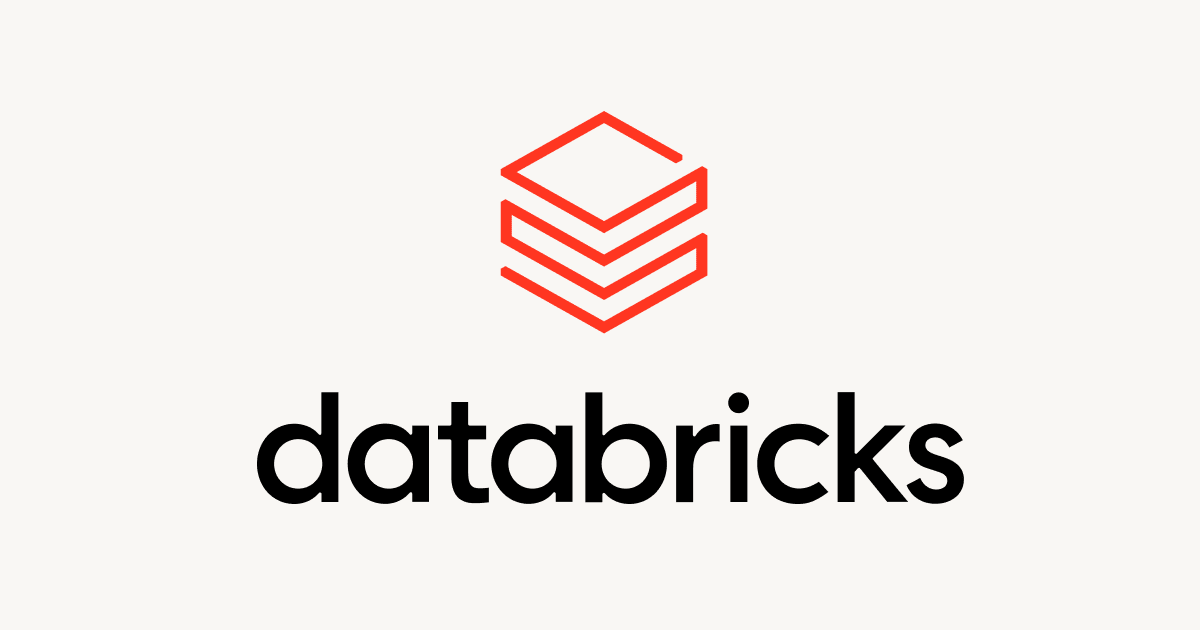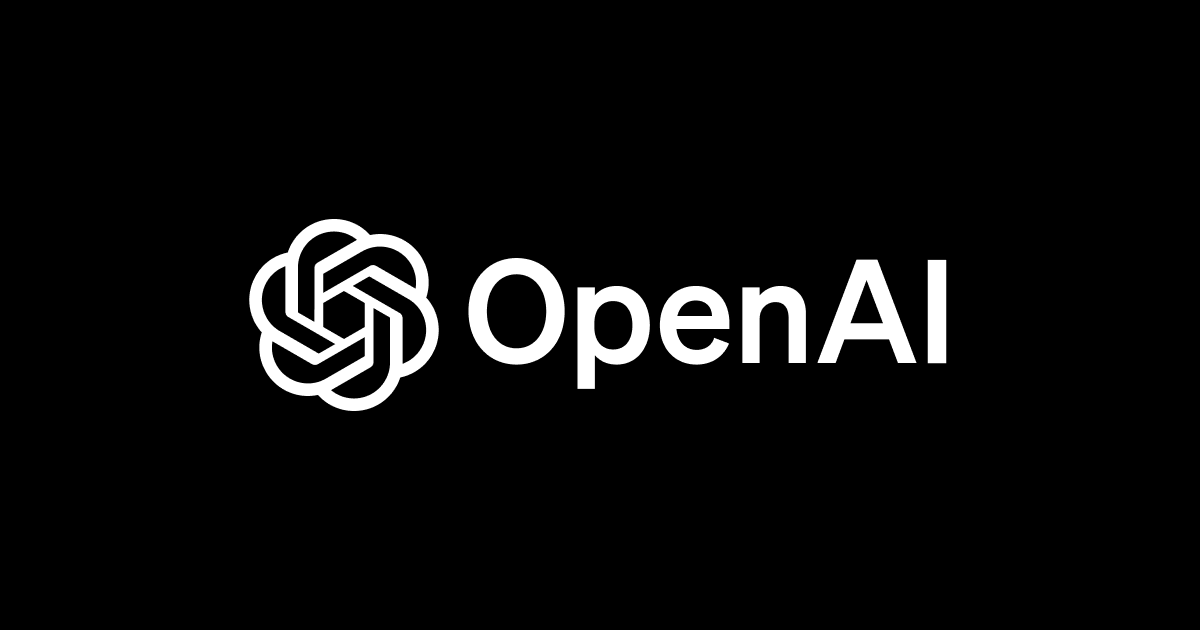物体検出モデルとマーカーによる位置検出で商品棚の品切れを検出してみました
1 はじめに
CX事業本部の平内(SIN)です。
以前、商品棚の品切れを検出する物体検出モデルを作成して見ました。
今回は、この物体検出モデルと、マーカーを組み合わせて、より精度を上げる方法を検討してみました。
最初に、動作している様子です。 前段は、マーカー併用で品切れを検出しているもので、後半は、物体検出モデルの推論結果も併せて表示しています。
2 判定要領
(1) 問題点
「縦長矩形の商品の背景」で学習したモデルは、品切れの場所を高い信頼度で検出できます。

しかし、品切れの商品が2つ並んだりすると、途端に検出できなくなってしまいます。

この時、採用する信頼度を下げて確認すると、低い信頼度で、それなりに検出していることが確認できました。

(2) マーカー併用
そこで、商品棚配置したマーカーを検出し、その相対位置で各商品のエリアを計算します。

そこに、信頼度の低い検出結果を組み合わせて、エリアの重複度から商品の品切を判定することにしました。

3 コード
動作しているコードです。
Amazon Sage Makerで作成した物体検出モデルは、MXNetでMac上で使用しています。
import cv2
import numpy as np
import random
import mxnet as mx
from collections import namedtuple
DEVICE_ID = 1
WIDTH = 800
HEIGHT = 600
FPS = 24
MODEL_PATH = './model/deploy_model_algo_1'
class Model:
def __init__(self):
self.__SHAPE = 512
input_shapes=[('data', (1, 3, self.__SHAPE, self.__SHAPE))]
self.__Batch = namedtuple('Batch', ['data'])
sym, arg_params, aux_params = mx.model.load_checkpoint(MODEL_PATH, 0)
self.__mod = mx.mod.Module(symbol=sym, label_names=[], context=mx.cpu())
self.__mod.bind(for_training=False, data_shapes=input_shapes)
self.__mod.set_params(arg_params, aux_params)
def inference(self, frame):
# 入力インターフェースへの画像変換
img = cv2.resize(frame, (self.__SHAPE, self.__SHAPE)) # 600*600 -> 512*512
img = cv2.cvtColor(img, cv2.COLOR_BGR2RGB) # BGR -> RGB
img = img.transpose((2, 0, 1)) # 512,512,3 -> 3,512,512
img = img[np.newaxis, :] # 3,512,512 -> 1,3,512,512
# 推論
self.__mod.forward(self.__Batch([mx.nd.array(img)]))
prob = self.__mod.get_outputs()[0].asnumpy()
return np.squeeze(prob)
class Products:
def __init__(self):
self.__maker_max = 8
self.__marker_index = [18, 17, 22, 16, 25, 14, 15, 10]
self.__reference_points = [(0,0),(0,0),(0,0),(0,0),(0,0),(0,0),(0,0),(0,0)]
self.__product_area = [[0] * 4] * 15
self.__marker_detection = [False] * self.__maker_max
self.__product_names = [
"亀田の柿の種",
"でん六豆",
"ポリッピー(スパイス)",
"ポリッピー(しお味)",
"ポリッピー(チョコ)",
"PRIME",
"PRETEL",
"Noir",
"CRANZ(ORANGE)",
"CRANZ(RED)",
"カントリーマム",
"CHEDDER CHEESE",
"OREO",
"チョコメリゼ",
"フライドポテト(じゃがバター味)"
]
# マーカー検出結果
def maker_detected(self):
count = 0
for detection in self.__marker_detection:
if(detection):
count += 1
if(self.__maker_max == count):
return True
return False
# マーカー位置の更新
def refresh_reference_points(self, ids, corners):
for i, index in enumerate(self.__marker_index):
position = self.__get_marker_mean(ids, corners, index)
if(position != None):
self.__marker_detection[i] = True
self.__reference_points[i] = position
self.__refresh_product_area()
# 商品位置の更新
def __refresh_product_area(self):
for row in range(3):
(x1, y1) = self.__reference_points[row*2 + 0]
x1 += 40
(x2, y2) = self.__reference_points[row*2 + 1]
x2 -= 40
(x3, y3) = self.__reference_points[row*2 + 2]
x3 += 40
(x4, y4) = self.__reference_points[row*2 + 3]
x4 -= 40
for col in range(5):
self.__product_area[col + row*5] = [
int(x1 + (x2-x1)/5 * col),
int(y1 + (y2-y1)/5 * col),
int(x3 + (x4-x3)/5 * (col+1)),
int(y3 + (y4-y3)/5 * (col+1)),
]
# 商品の品切を判定して表示
def disp_soldout(self, frame, soldout):
pos = [False] * 15
for b in soldout:
for i in range(15):
a = self.__product_area[i]
multiplicity = self.__multiplicity(a, b)
if(0.3 < multiplicity):
pos[i] = True
for i, p in enumerate(pos):
if p:
frame = cv2.rectangle(frame, (self.__product_area[i][0], self.__product_area[i][1]), (self.__product_area[i][2], self.__product_area[i][3]), (0,0,255), 3)
print("{} が売り切れです。".format(self.__product_names[i]))
return frame
# 重複度の計算
def __multiplicity(self, a, b):
(ax_mn, ay_mn) = (a[0], a[1])
(ax_mx, ay_mx) = (a[2], a[3])
(bx_mn, by_mn) = (b[0], b[1])
(bx_mx, by_mx) = (b[2], b[3])
a_area = (ax_mx - ax_mn + 1) * (ay_mx - ay_mn + 1)
b_area = (bx_mx - bx_mn + 1) * (by_mx - by_mn + 1)
abx_mn = max(ax_mn, bx_mn)
aby_mn = max(ay_mn, by_mn)
abx_mx = min(ax_mx, bx_mx)
aby_mx = min(ay_mx, by_mx)
w = max(0, abx_mx - abx_mn + 1)
h = max(0, aby_mx - aby_mn + 1)
intersect = w*h
return intersect / (a_area + b_area - intersect)
# インデックスを指定してマーカーの中心座標を取得する
def __get_marker_mean(self, ids, corners, index):
for i, id in enumerate(ids):
# マーカーのインデックス検索
if(id[0] == index):
v = np.mean(corners[i][0],axis=0) # マーカーの四隅の座標から中心の座標を取得する
return [v[0], v[1]]
return None
def main():
# マーカー初期化
aruco = cv2.aruco
dictionary = aruco.getPredefinedDictionary(aruco.DICT_4X4_50)
# Webカメラ初期化
cap = cv2.VideoCapture(DEVICE_ID)
cap.set(cv2.CAP_PROP_FPS, FPS)
cap.set(cv2.CAP_PROP_FRAME_WIDTH, WIDTH)
cap.set(cv2.CAP_PROP_FRAME_HEIGHT, HEIGHT)
# モデル初期化
model = Model()
# 商品クラス初期化
products = Products()
while True:
print("-------------")
_, frame = cap.read()
# マーカ検出
corners, ids, _ = aruco.detectMarkers(frame, dictionary)
if ids is None:
continue
# マーカーが全部検出できるまで、判定を行わない
if(products.maker_detected()==False):
print("detecting markers...")
else:
# 推論
prob = model.inference(frame)
# 推論結果を画像の解像度に併せる
soldout = []
for p in prob:
index = int(p[0])
confidence = p[1]
if(confidence > 0.2): # 信頼度
x1 = int(p[2] * WIDTH)
y1 = int(p[3] * HEIGHT)
x2 = int(p[4] * WIDTH)
y2 = int(p[5] * HEIGHT)
soldout.append([x1, y1, x2, y2])
# 推論結果表示
frame = cv2.rectangle(frame,(x1, y1), (x2, y2), (255, 0, 0), 1)
frame = cv2.rectangle(frame,(x1, y1), (x1 + 50, y1-20), (255, 0, 0), -1)
label = "{:.2f}".format(confidence)
frame = cv2.putText(frame,label,(x1+2, y1-2), cv2.FONT_HERSHEY_SIMPLEX, 0.5, (255,255,255), 1, cv2.LINE_AA)
# 商品の品切を判定して表示
frame = products.disp_soldout(frame, soldout)
# マーカー位置を更新
products.refresh_reference_points(ids, corners)
#マーカ描画
aruco.drawDetectedMarkers(frame, corners, ids, (255, 255, 100))
cv2.imshow('frame', frame)
cv2.waitKey(1)
cap.release()
cv2.destroyAllWindows()
main()
4 最後に
機械学習のモデルの精度を上げることには限界がありますが、検出場所で判断ができる要件の場合、マーカーの組み合わせが相性が良さそううです。
また、マーカーを基準にすると、カメラのキャリブレーションも簡単になるように思います。








